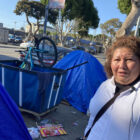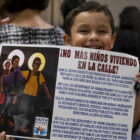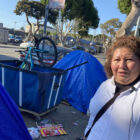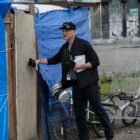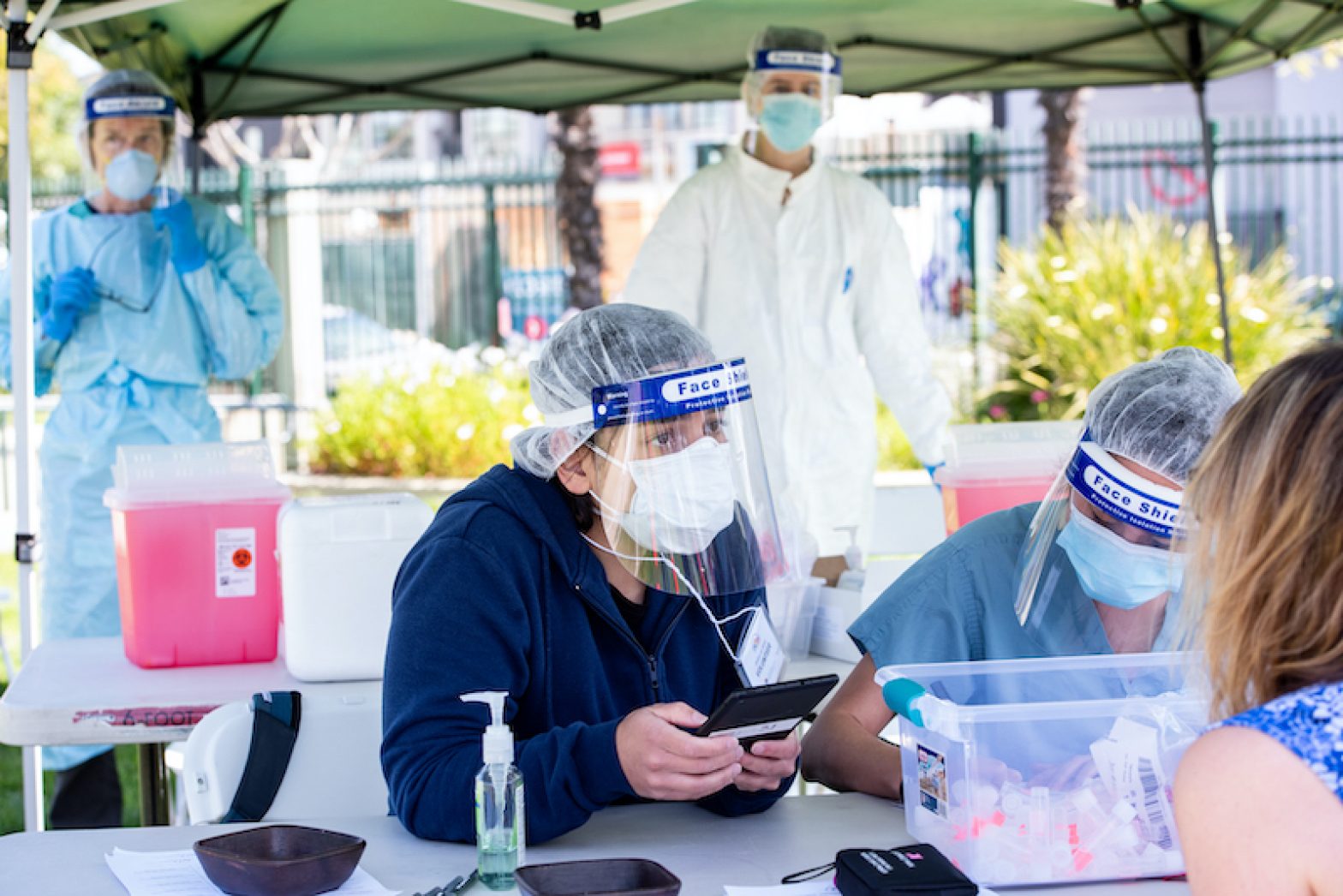Bay Area
State Animal Shelters, Rescue Groups Battling Overflow Crisis
It’s becoming commonplace in open-intake shelters and rescue facilities across the Bay Area: The number of unadopted pets is growing; animal caretakers and staff are stretched thin; and efforts by local municipalities to provide care and comfort to every animal surrendered is becoming increasingly difficult.
California animal shelters and rescue organizations – even those across the country – are experiencing an overflow crisis. The number of stray dogs taken into shelters rose 6% from 2022 statistics and 22% from 2021, according to Shelter Animals Count.




